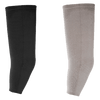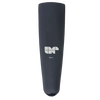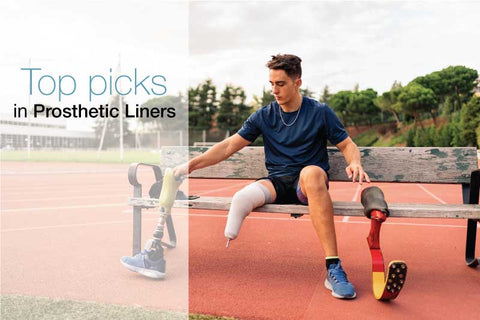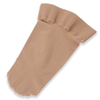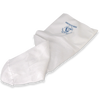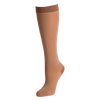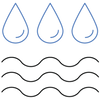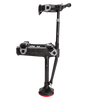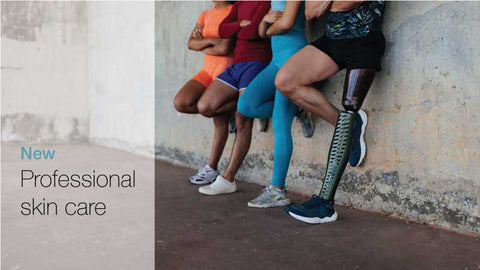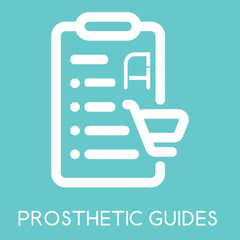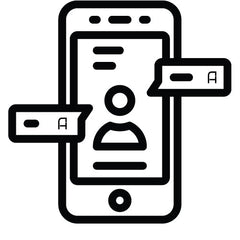New Research Improves EMG Signals to Enhance Prosthetic Hand Movement Recognition
Reading Time: 3 minutes
Prosthetic researchers have been continually looking for ways to enhance both the functionality and user experience of prosthetic hands. Over the past few years, the integration of electromyographic (EMG) signals, which improve the accuracy of hand gesture recognition, has been a central component of these developments.

The problem with traditional methods
EMG technology detects electrical signals produced in muscles, making it possible to interpret hand movements and gestures. While this technology has wide-ranging applications—from prosthetics to gaming—it also faces an issue: more accurate gesture recognition typically requires more EMG sensors. This would make a prosthetic limb more expensive, more complex, and more bulky.
To address this issue, researchers from the Beijing Institute of Technology proposed a technique that could increase the number of EMG channels without adding new hardware. The research is published in Cyborg and Bionic Systems.
The new approach
Instead of adding more physical sensors to capture additional muscle signals, researchers have come up with a clever way to expand the data they can use. They created virtual channels that simulate additional EMG readings from the existing data. By studying how the current signals interact with each other, they can generate new and useful data points.
This innovative approach enriches the information available to machine learning algorithms, allowing them to work with more detailed input without modifying the physical setup.
How It Works
Here’s a simple breakdown of the process:
-
Signal Capture: A standard EMG system records muscle activity while a person performs different hand movements.
-
Creating Virtual Channels: Using mathematical techniques and analyzing the relationships between existing signals, the system produces additional synthetic channels that behave like real sensors.
-
Data Processing: The improved dataset, filled with these new virtual channels, is then fed into machine learning classifiers, which helps them better distinguish different hand gestures. This method enhances the overall effectiveness of gesture recognition while keeping the original prosthetic hand unchanged.
Results
The study found that this virtual-dimension approach significantly boosted movement accuracy when compared to traditional methods. The researchers tested their system on common hand gestures and reported a marked improvement in recognition rates, all with the same number of sensors.
This has major implications. For one, it means that assistive devices, such as prosthetic arms, could become more responsive and precise without needing to be fitted with a large number of EMG electrodes. The technique also reduces cost and design complexity, making advanced gesture control more accessible and practical.
Why It Matters
This new discovery combines biomedical engineering with smart technology in an exciting way. By using existing data from EMG, researchers are expanding the possibilities of prosthetic limbs. In the future, people using prosthetics and assistive devices could gain better control that feels more natural, thanks to simpler systems.
Additionally, various fields like virtual reality, robotics, and rehabilitation could see major improvements in how humans interact with machines.
The bottom line
The findings from this research are set to change our understanding of how muscle signals work. It shows that sometimes, improvements in technology come not from having more gadgets but from using what’s already available in a smarter way.
Related reading: MIT Developed Magnetic Beads That Could Better Control Prostheses

